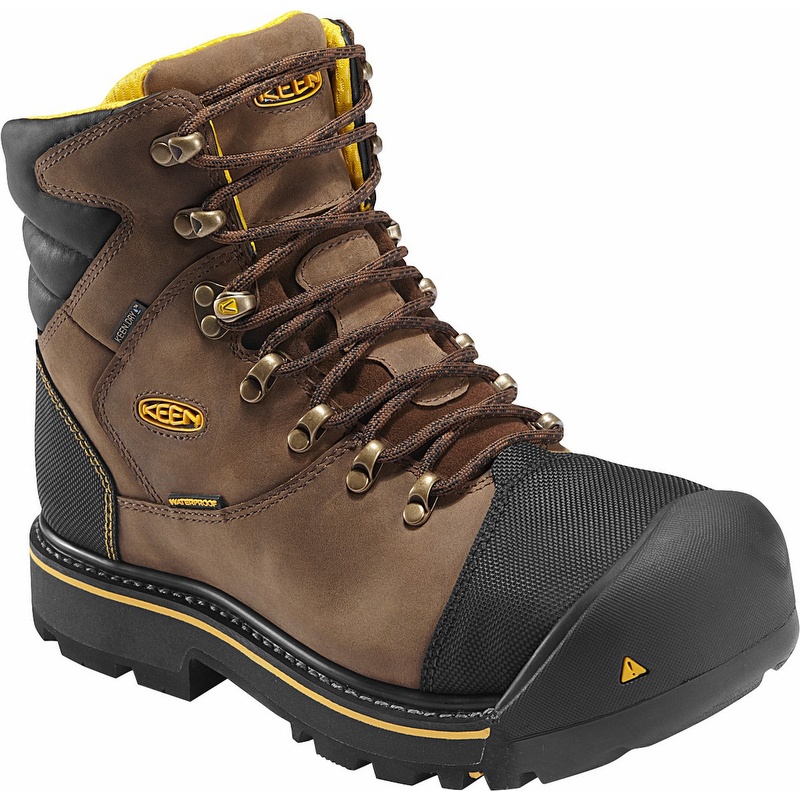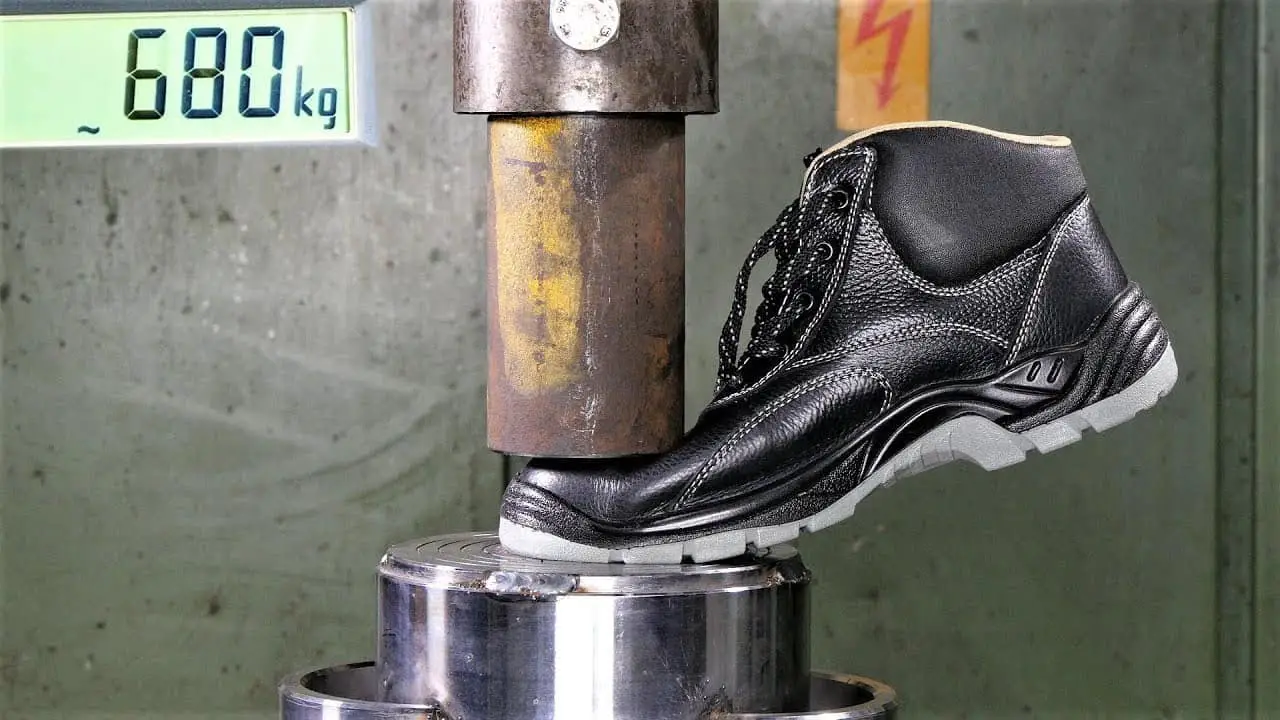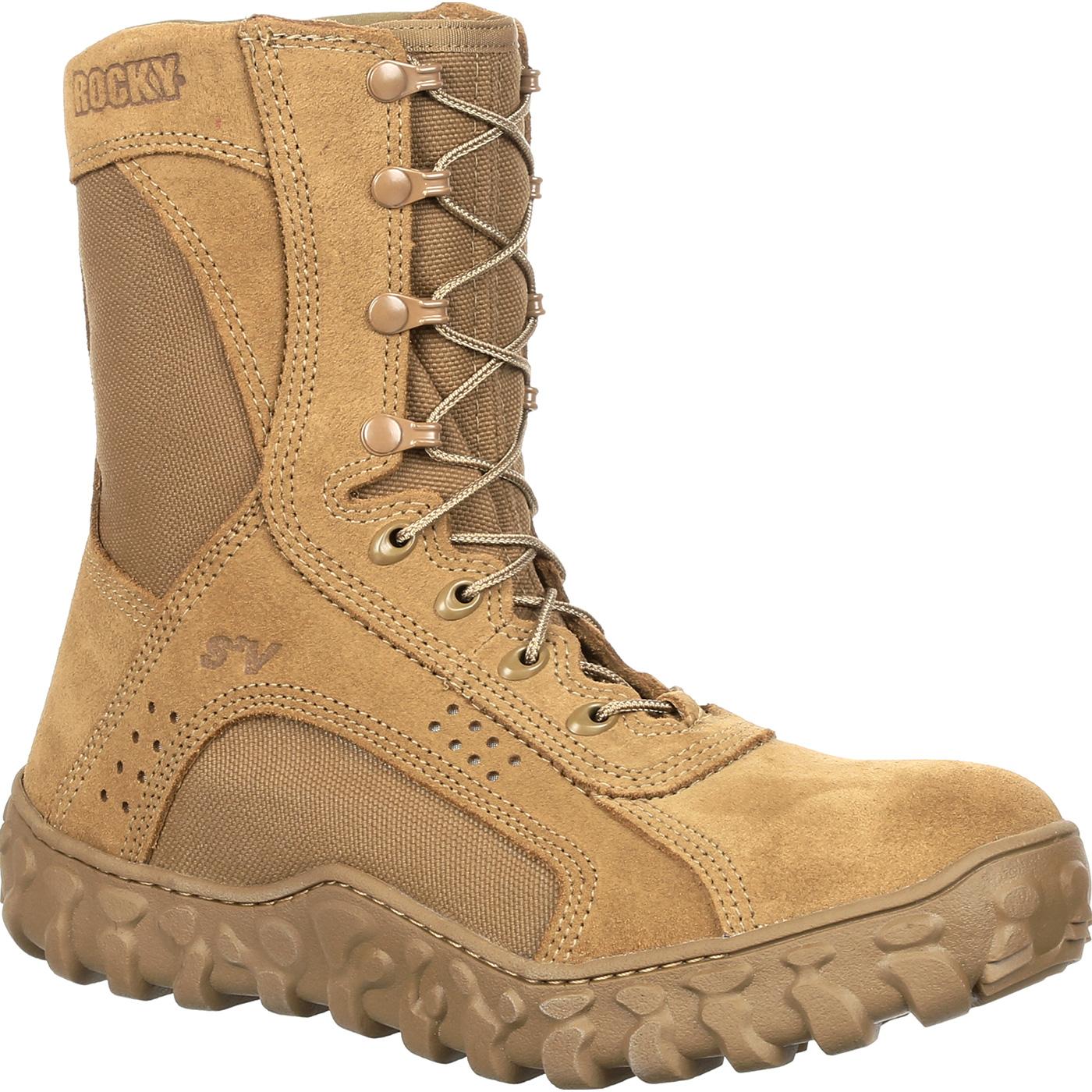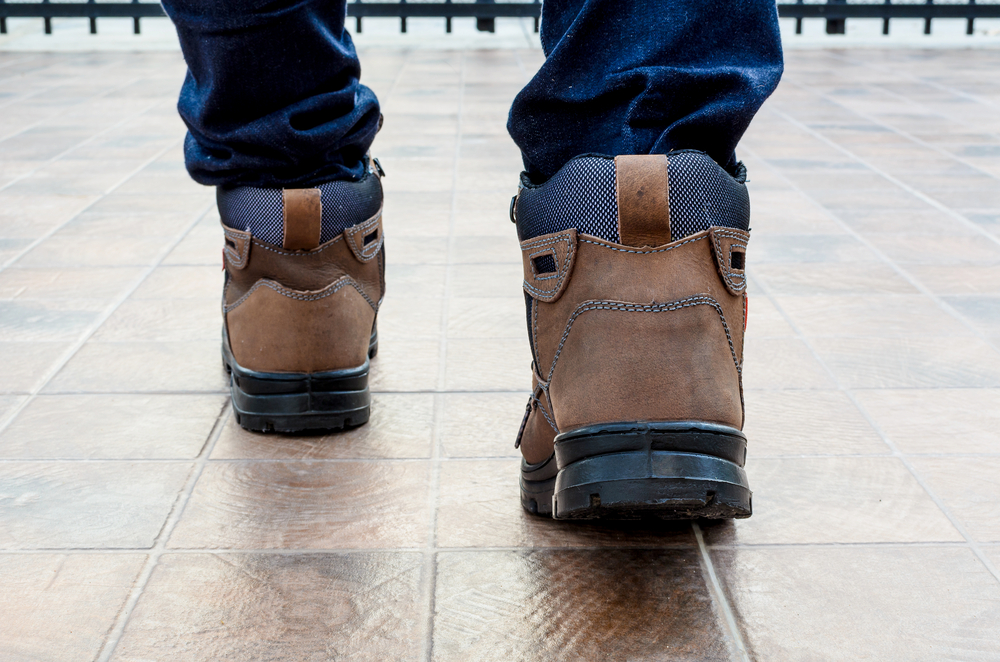Understanding the Importance of Foot Protection in the Workplace
In hazardous work environments, the risk of foot injuries is a significant concern. According to the Bureau of Labor Statistics, over 60,000 foot injuries occur annually in the United States alone, resulting in thousands of days lost from work. The consequences of foot injuries can be severe, ranging from temporary disability to permanent damage or even death. In light of these risks, it is essential to wear protective footwear that provides adequate toe protection. The question remains, are composite toe boots as safe as steel toe boots in preventing foot injuries? To answer this, it is crucial to understand the importance of foot protection in the workplace and the role of toe protection in preventing injuries. By doing so, workers can make informed decisions about the type of toe protection to use, ultimately reducing the risk of accidents and ensuring a safer working environment.
How to Choose the Right Toe Protection for Your Job
Selecting the appropriate toe protection for a specific job requires careful consideration of several key factors. The type of hazard present in the work environment is a critical consideration, as different hazards demand varying levels of protection. For instance, workers in construction or manufacturing may require toe protection that can withstand heavy impact, while those in electrical or chemical industries may need protection from electrical shock or chemical exposure. Personal comfort is another essential factor, as ill-fitting or uncomfortable footwear can lead to distraction, fatigue, and decreased productivity. Industry regulations, such as those set by OSHA, must also be taken into account, as they provide guidelines for the minimum level of protection required in specific industries. By evaluating these factors, workers can make informed decisions about the type of toe protection to use, ultimately reducing the risk of foot injuries and ensuring a safer working environment. When choosing between composite toe boots and steel toe boots, it is essential to consider these factors and ask, are composite toe boots as safe as steel toe boots in preventing foot injuries?
The Evolution of Toe Protection: From Steel to Composite Materials
The development of toe protection has undergone significant transformations over the years, driven by advances in technology and changing workplace safety requirements. Traditional steel toe caps, once the gold standard in toe protection, have given way to modern composite materials that offer improved performance and comfort. Steel toe caps, while exceptionally strong and durable, have limitations, including their weight, conductivity, and potential for corrosion. In response, manufacturers have developed composite toe boots that utilize advanced materials, such as carbon fiber, Kevlar, and fiberglass, to provide enhanced protection without the drawbacks of steel. These modern materials have enabled the creation of lighter, more comfortable, and breathable toe protection solutions that meet the evolving needs of workers in various industries. As the debate continues, are composite toe boots as safe as steel toe boots in preventing foot injuries? Understanding the evolution of toe protection is crucial in making an informed decision about the best option for specific work requirements.
Composite Toe Boots: A Safer Alternative to Steel Toe?
Composite toe boots have emerged as a popular alternative to traditional steel toe boots, offering a range of benefits that make them an attractive option for workers in various industries. One of the primary advantages of composite toe boots is their lightweight design, which reduces fatigue and discomfort associated with heavy steel toe caps. Additionally, composite materials provide improved comfort and breathability, allowing workers to stay focused and productive throughout their shift. The durability of composite toe boots is also noteworthy, with many products featuring advanced materials that resist corrosion and degradation. Furthermore, composite toe boots are often more versatile than their steel counterparts, offering greater flexibility and adaptability in diverse work environments. While some may question whether are composite toe boots as safe as steel toe boots, the evidence suggests that they can provide equivalent or even superior protection in many cases. By understanding the features and benefits of composite toe boots, workers can make informed decisions about their foot protection needs and choose the best option for their specific job requirements.
Steel Toe Boots: The Tried and Tested Option
Steel toe boots have been a staple in the world of foot protection for decades, and their popularity endures due to their exceptional strength, affordability, and widespread acceptance in various industries. One of the primary advantages of steel toe boots is their unparalleled strength, which provides unmatched protection against heavy objects, compression, and puncture hazards. Additionally, steel toe boots are often more affordable than their composite counterparts, making them a cost-effective option for workers and employers alike. Furthermore, steel toe boots have been extensively tested and proven to meet the rigorous safety standards of various industries, including construction, manufacturing, and oil and gas. While some may argue that are composite toe boots as safe as steel toe boots, the tried and tested reputation of steel toe boots has earned them a loyal following among workers who require uncompromising protection. Despite the emergence of composite toe boots, steel toe boots remain a reliable and trusted choice for many workers, offering a proven track record of safety and performance.
A Comparative Analysis of Composite and Steel Toe Boots
When it comes to choosing the right toe protection for the job, workers are often faced with a dilemma: composite toe boots or steel toe boots? To make an informed decision, it’s essential to evaluate the performance of both options in terms of safety, comfort, and cost. In terms of safety, both composite and steel toe boots meet the rigorous standards of various industries, including ASTM and ANSI. However, steel toe boots are often considered more reliable in extreme hazard environments, such as construction sites or heavy manufacturing facilities. On the other hand, composite toe boots offer improved comfort and flexibility, making them ideal for workers who require agility and mobility. From a cost perspective, steel toe boots are generally more affordable, but composite toe boots may provide longer-term value due to their enhanced durability. Ultimately, the question of are composite toe boots as safe as steel toe boots is a complex one, and the answer will depend on the specific needs and requirements of the worker. By considering the unique advantages and limitations of each option, workers can make an informed decision about their foot protection needs.
Real-World Examples: Composite Toe Boots in Action
Composite toe boots have gained widespread acceptance in various industries, and their real-world applications are a testament to their effectiveness. For instance, Thorogood’s composite toe boots are popular among construction workers, who appreciate their lightweight design and improved comfort. Similarly, Magnum’s composite toe boots are favored by law enforcement personnel, who require agility and mobility in high-stress situations. Dr. Martens, a renowned brand in the footwear industry, also offers a range of composite toe boots that cater to the needs of workers in manufacturing, oil and gas, and other hazardous environments. These real-world examples demonstrate that composite toe boots are a viable alternative to steel toe boots, offering a unique combination of safety, comfort, and durability. While some may still wonder are composite toe boots as safe as steel toe boots, the evidence suggests that they are a reliable choice for workers who require protection and performance. By exploring the various applications of composite toe boots, workers can gain a better understanding of their benefits and limitations, ultimately making an informed decision about their foot protection needs.
Conclusion: Making an Informed Decision for Your Foot Protection Needs
In conclusion, the choice between composite toe boots and steel toe boots ultimately depends on the specific needs and requirements of the worker. While both options offer unique advantages and limitations, it’s essential to consider factors such as safety, comfort, and cost when making a decision. By understanding the features and benefits of each option, workers can make an informed decision about their foot protection needs. The question of are composite toe boots as safe as steel toe boots is a complex one, and the answer will depend on the specific hazards and requirements of the job. However, by evaluating the performance of both options and considering real-world examples, workers can choose the right toe protection for their job. Ultimately, the key to effective foot protection lies in selecting the right boot for the task at hand, and by doing so, workers can reduce the risk of foot injuries and ensure a safe and healthy work environment.






